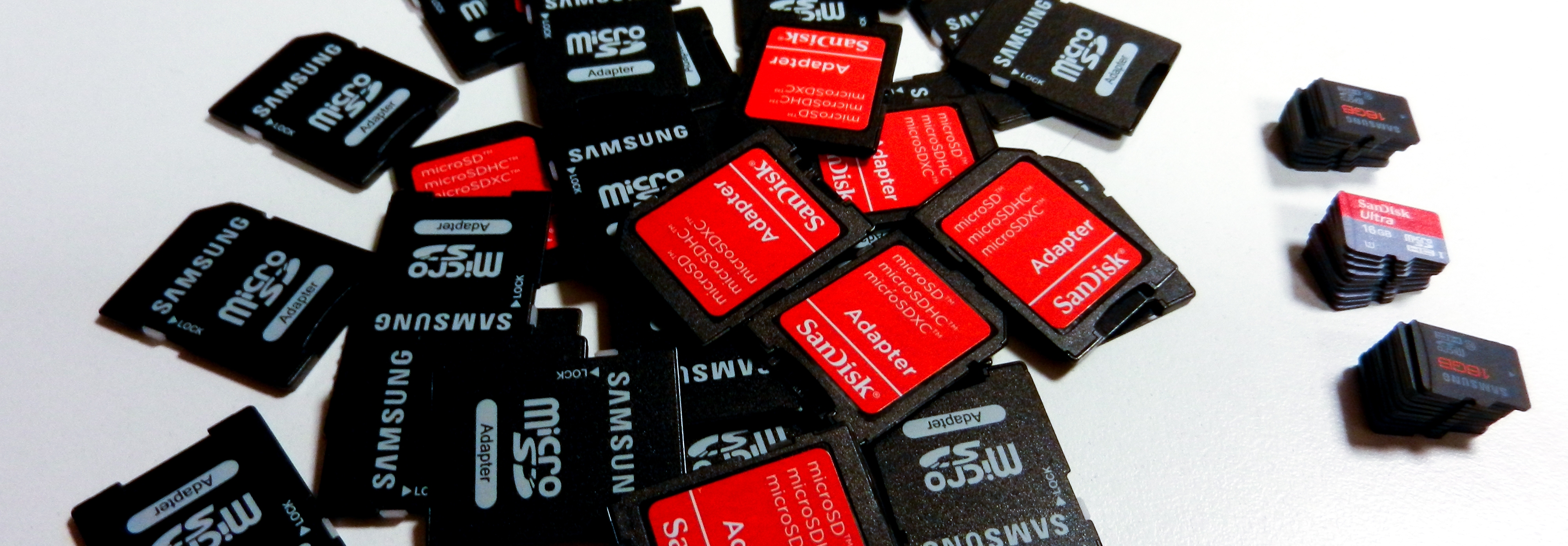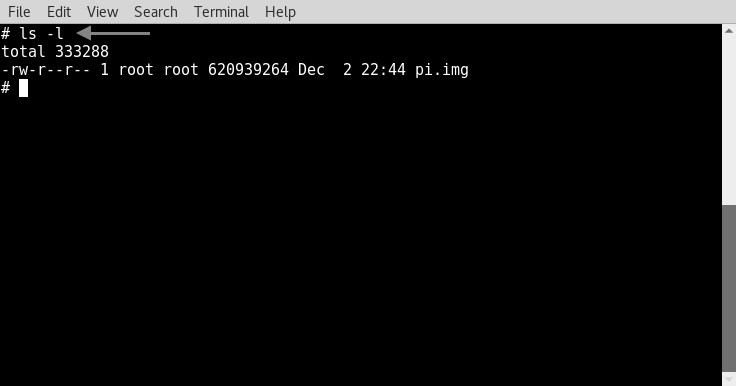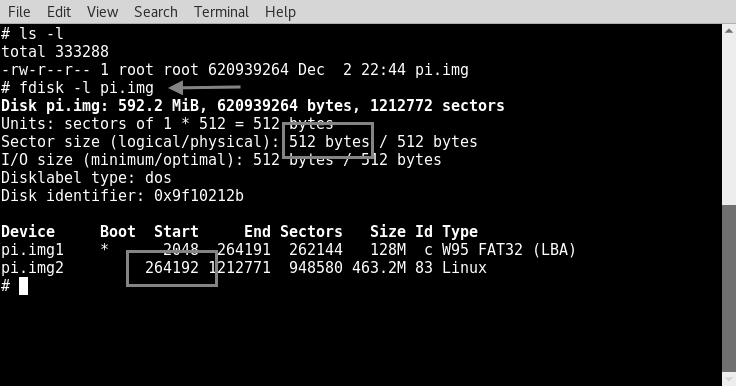Yesterday, I started my yearly Epic Desk Cleanout. This annual ritual is more about holding up a trash can and sweeping everything into it. I really clean, which includes cataloging all the random SD cards I've collected throughout the year.

For SD cards, I'll typically "dd" the contents of the drive to a Linux box, then examine the data from a shell. This year, a lot of those SD cards are Raspberry Pi images. I end up with a file system dump that I need to examine:

Fortunately, the "fdisk" utility on Linux can read from a physical device, or from a data dump file:

Here, "fdisk" reveals a few important tidbits about the binary image:
- The sector size (512 bytes)
- The partitions in the disk image including file system types
- The starting offset in sectors for the file systems
Using the sector size (512 bytes) and the start sector for the Linux file system (264192), we can use a little shell-fu to calculate the number of bytes to the beginning of the file system:
.png)
The Linux filesystem is 135,266,304 bytes into the pi.img file. Next, we create a mount point (I use "mnt" from my current directory, but you can use any unused directory) and mount the image, specifying the number of offset bytes to the Linux partition:
.png)
Now it's just a matter of changing to the "mnt" directory, and exploring the data.
1 SD drive down...1,978 to go.


